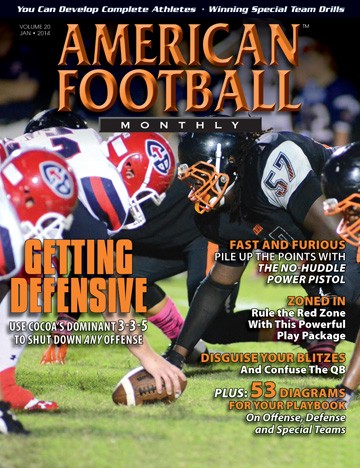Article CategoriesAFM Magazine
|
Strength Report: Develop Complete Athletes – Liberty Universitys Unique Strength Programby: Bill GillespieDirector of Strength and Conditioning, Liberty University © More from this issue Building true strength and power on the football field has less to do with fine tuning minor details and more to do with building more horsepower in the “engine” of an athlete. From there, details can be modified to turn the advanced athlete into an elite athlete. The process of creating more horsepower in the athlete is more methodical than most think and we use methods that are not practiced on a large scale. Last year, we had over 82 football players clean at least 300 pounds – more than almost every other program. Our emphasis on the clean is not to boost numbers but rather to gauge the power that our athletes can exhibit on the football field. The heavy clean maxes are used less for bragging rights and more as an indicator of the total effort developed in the weight room. We train the whole body every t....The full article can only be seen by subscribers.
|
|
|||||||
| HOME |
MAGAZINE |
SUBSCRIBE | ONLINE COLUMNISTS | COACHING VIDEOS |
Copyright 2025, AmericanFootballMonthly.com
All Rights Reserved





